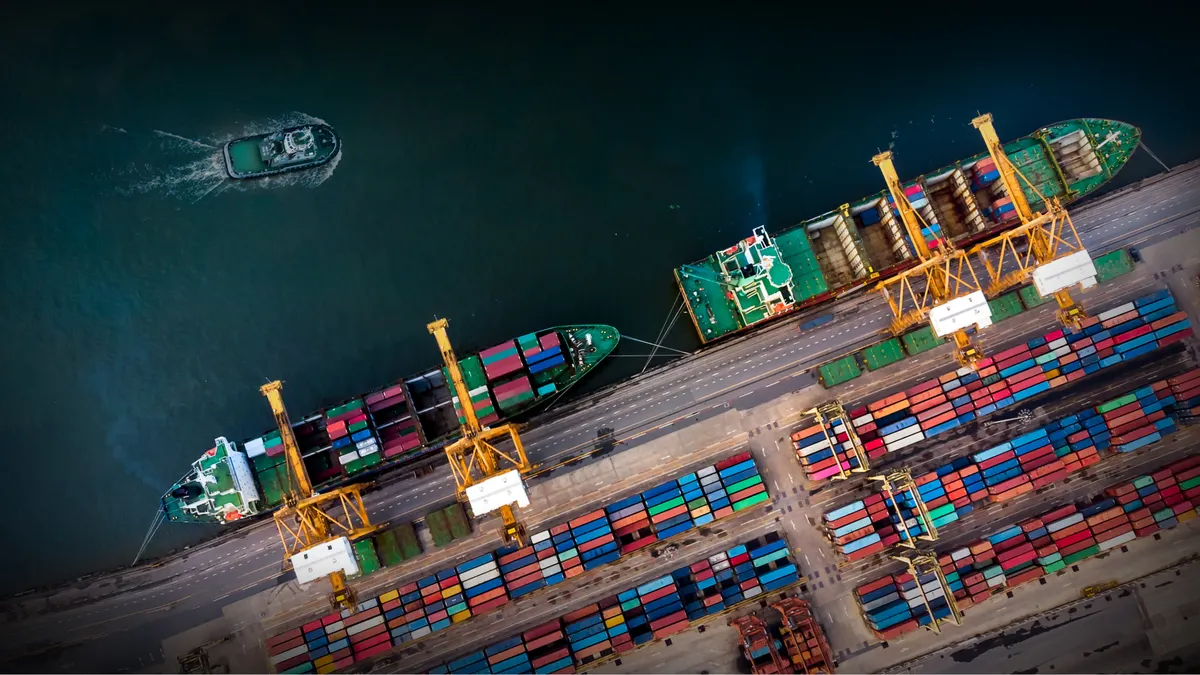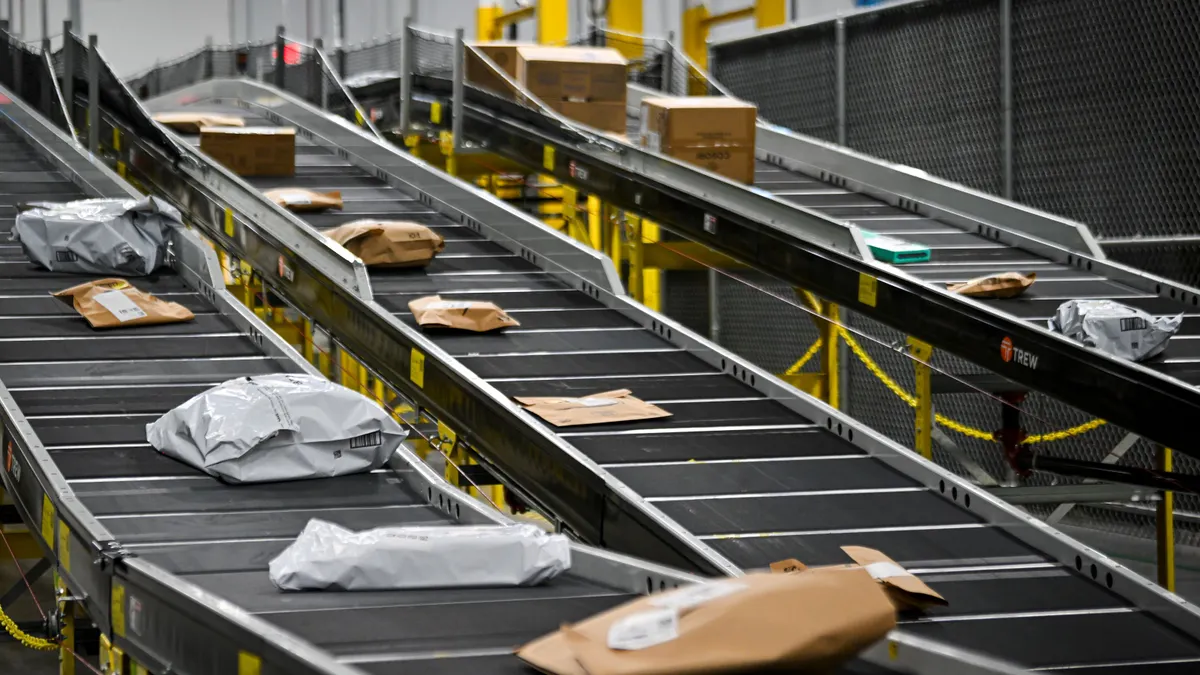Tariffs have disrupted supply chains, but that doesn’t mean companies are out of luck. Explore effective strategies to mitigate duties – like diversifying supplier bases, changing product design, and relying on transfer pricing strategies.
Tariffs have become one of the most disruptive variables in global supply chains. From the U.S.-China trade war to sudden retaliatory duties in geopolitical hotspots, tariffs can raise the cost of doing business seemingly overnight. For many companies, especially those relying on imported components or finished goods, these shifting barriers can wreak havoc on cost structures, customer pricing, and even product viability.
But while the global trade environment continues to challenge supply chain agility, businesses are not helpless. Savvy companies are fighting back with creative strategies to mitigate the impact of tariffs – and in many cases, to build long-term supply chain resiliency in the process. Here are six proven tactics businesses can apply to reduce the sting of escalating duties.
1. Diversify the Supplier Base
Geographic diversification is a powerful tool in combatting tariff exposure. Many businesses that once concentrated sourcing in tariff-impacted countries (such as China) now are building networks across Southeast Asia, Eastern Europe, and even North America. Diversification offers flexibility. If a new duty is imposed on goods from one country, production can shift to an alternative location without halting operations. While supplier development in new regions takes time, the payoff is reduced exposure to any single trade risk and a stronger ability to adapt to global events. In many cases, companies are employing a “China Plus One” strategy – keeping a presence in China but expanding to countries like Vietnam, India, or Mexico to hedge against future tariffs.
2. Leverage Tariff Engineering and Product Classification
Another underused but effective tactic is tariff engineering – modifying the physical composition or classification of a product to legally reduce duty exposure. Changing materials or design can shift a product into a lower-duty bracket. In the apparel industry, changing the type of stitching or materials can shift a product into a more favorable tariff bracket.
Similarly, careful attention to harmonized tariff schedule (HTS) classification codes can uncover opportunities for reclassification – especially when products fall into ambiguous or overlapping categories. However, these strategies must be executed with strict compliance oversight to ensure legal integrity and avoid penalties.
3. Explore Free Trade Agreements (FTAs) and Duty-Drawback Programs
Many companies overlook preferential trade programs and duty recovery mechanisms that could significantly reduce costs. FTAs can eliminate or reduce tariffs on eligible goods imported from certain countries. Companies that adjust their sourcing or production to meet FTA rules of origin might benefit from zero-duty treatment.
Similarly, the U.S. duty-drawback program allows businesses to reclaim up to 99% of duties paid on imported goods that are later exported, destroyed, or used in the manufacture of exported products.
4. Use Data and Scenario Planning
Scenario planning is no longer optional. Leading companies are using data analytics and modeling tools to simulate tariff impacts under different policy regimes. Import and export data is available from U.S. Customs and Border Protection (CBP) either through a Freedom of Information Act (FOIA) request or by establishing an automated commercial environment (ACE) portal account. Using trade data can help your company make informed decisions around sourcing and other duty minimization strategies.
5. Build Strategic Resilience
The most effective tariff mitigation strategies also contribute to long-term resilience – ensuring companies build agility and not just react to crises.
This exercise includes investing in nearshoring or reshoring, strengthening supplier relationships, and embedding trade compliance expertise within cross-functional teams. The goal is not to simply lower duty costs but to create a supply chain that can flex, respond, and grow under any conditions.
6. Reevaluate Transfer Pricing Strategies
Transfer pricing and customs value are closely linked in cross-border transactions between related parties, as the transfer price often forms the basis for the declared customs value. Customs duties typically are calculated based on this declared value, so adjusting the transfer price – within legal and arm’s-length standards – can directly impact the amount of duty owed. For instance, if a company lowers the transfer price on goods imported from a foreign affiliate, it might reduce the customs value and, consequently, the duties payable. However, such adjustments must comply with both transfer pricing regulations and customs valuation rules to avoid under-valuation challenges, ensuring the price reflects fair market terms and is properly documented.
Final Thoughts
Bringing these strategies together and strategically designing the flow of goods, services, and information to minimize global tax burdens and customs duties will help companies adopt a tax-optimized supply chain plan for tariff mitigation. Techniques such as using free trade zones, optimizing country of origin labeling, and reevaluating intercompany pricing policies are commonly used to achieve this objective. This form of planning requires close collaboration among tax, finance, legal, and operations teams to balance tax efficiency with commercial viability and regulatory requirements.
Tariffs are unpredictable. But that doesn’t mean your supply chain strategy should be. With the right mix of diversification, design adaptation, regulatory navigation, and forward-looking analytics, companies can turn tariff challenges into a catalyst for smarter, more resilient global operations.
Learn More
Dan Swartz
Principal, Crowe
+1 916 266 9546
Sowmya Varadharajan
Principal, Crowe
+1 714 668 5374










